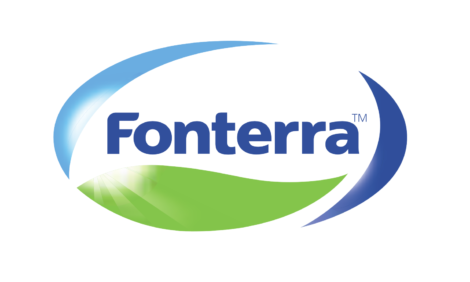



Agri-food groups urge swift agreement on EU gene-editing rules
Industry groups call for science-based legal frameworkSeveral leading organisations across the EU agri-food and feed value chain are urging policymakers to finalise negotiations on the future regulation of new genomic techniques (NGTs), calling it a critical step toward ensuring innovation and resilience in European agriculture, according to a recent press release from FEFAC.
Progress on the file has accelerated under the Polish presidency of the Council of the European Union, which led what stakeholders described as “intense and fruitful discussions.” While some points of contention remain, industry groups are pushing for a “proportionate compromise” that will unlock the potential of NGTs across the food and feed sectors.
In a joint statement, signatories said that in light of growing challenges related to climate change, sustainability and food security, Europe urgently needs a science-based and fit-for-purpose legal framework to govern NGT plants and products. They argued that such a framework is key to strengthening the competitiveness and resilience of EU agriculture and supply chains.
A key demand is the exemption of Category 1 conventional-like NGT plants and products from traceability and labelling requirements. The coalition says this would align the EU with international trading partners and prevent regulatory barriers from hindering adoption.
The statement expresses confidence in the incoming Danish presidency of the Council to bring the file to a conclusion, noting its stated priorities of fostering innovation, competitiveness and the green transition.
The joint call is backed by a broad range of industry groups, including CEFS, COCERAL, CropLife Europe, ECA, Europatat, European Flour Millers, FEDIOL, FEFAC, FoodDrinkEurope, PFP (Primary Food Processors) and Starch Europe.



